The experimental study of hydrodynamic characteristics of the overland flow on a slope with three-dimensional Geomat *
Guang-yue Wang (王廣月), Guo-rui Sun (孫國瑞),Jian-kang Li (李建康) ,Jiong Li (李炯)
?
The experimental study of hydrodynamic characteristics of the overland flow on a slope with three-dimensional Geomat*
Guang-yue Wang (王廣月), Guo-rui Sun (孫國瑞),Jian-kang Li (李建康) ,Jiong Li (李炯)
The hydrodynamic characteristics of the overland flow on a slope with a three-dimensional Geomat are studied for different rainfall intensities and slope gradients. The rainfall intensity is adjusted in the rainfall simulation system. It is shown that the velocity of the overland flow has a strong positive correlation with the slope length and the rainfall intensity, the scour depth decreases with the increase of the slope gradient for a given rainfall intensity, and the scour depth increases with the increase of the rainfall intensity for a given slope gradient, the overland flow starts with a transitional flow on the top and finishes with a turbulent flow on the bottom on the slopewiththethree-dimensionalGeomatfor different rainfall intensities and slope gradients, the resistance coefficient and the turbulent flow Reynolds number are in positively related logarithmic functions, the resistance coefficient and the slope gradient are in positively related power functions, and the trend becomes leveled with the increase of the rainfall intensity. This study provides some important theoretical insight for further studies of the hydrodynamic process of the erosion on the slope surface with a three-dimensional Geomat.
Three-dimensional Geomat, rainfall intensity, slope gradient, overland flow, hydrodynamic characteristics
Introduction
With the constructions in mining, water project and traffic engineering, one sees many bare slopes, with environmental destructions, ecological imba- lances and geological disasters, such as the ground subsidence, the landslides and the soil erosion. It would take more than 100 years for the vegetation on the bare slope to recover to its original appearance naturally, especially on the steep and severely dama- ged rock slopes. So, it is important to renovate the ecological environment when the geographical or land environments are disturbed. The slope protection with a three dimensional Geomat is a new ecological slope protection technology. The three-dimensional Geomat is more and more widely used as a perpetual structure for its advantages of economy, simple construction and rapidness. The three-dimensional Geomat is a re- ticulate cubic structure (as shown in Fig. 1), composed of single layer or multi-layer uneven plastic nets, connected by hot melting. There is 90% of space in the Geomat that can be filled with soil to grow the roots of the plants. The nets, the grass and the soil are combined together firmly to form a strong green com- posite protective layer. Engineering practice shows that it is effective to protect the soil in the three- dimensional Geomat from the erosion. Under the con- dition of rainfall, the overland flow is the main power for the soil erosion on the slope with the three- dimensional Geomat, which causes the soil detach- ment and the silt deposition. The overland flow is a shallow open flow, with its flux formed by the rainfall and deduced by the surface retention and infiltration. The hydrodynamic characteristics have an important theoretical significance for building the model of the slope with the three-dimensional Geomat.

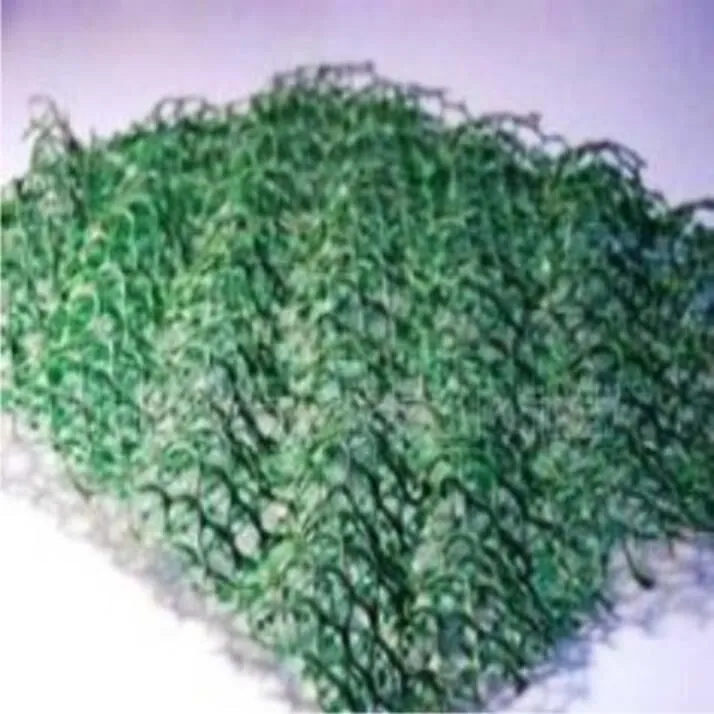
Fig. 1 (Color online) The structure of three-dimensional Geo- mat
In summary, the comprehensive studies were wi- dely conducted for the overland flow in the nature slope, the grass and the woodland, but little for the hydrodynamic characteristics of the overland flow on the slope with a three-dimensional Geomat. A tho- rough understanding and some quantitative descrip- tion methods are in urgent need for the special flow law of the overland flow caused by the structural characteristics on the slope with the three-dimensional Geomat. And the studiesof the water erosion characte- rustics caused by the Geomat are few. So, this paper studies the hydrodynamic characteristics for different rainfall intensities and slope gradients and analyzes some hydrodynamic characteristics including the flow regime and the resistance systematically on the slope with the three-dimensional Geomat by simulated rain- fall experiments, to develop a dynamics theory of the special overland flow serving as a scientific basis and a technological support for the reasonable slope pro- tection and the scientific design of the slope protection with the three-dimensional Geomat.
1. Materials and methods
1.1 Rainfall and slope system


1.2 Experimental design

In the experiments, the rainfall intensity and the slope gradient are studied to show how they quantita- tively influence the hydraulic characteristics of the overland flow on the slope with the three-dimensional Geomat. The time when the runoff starts is recorded. Five observation sections are set up every 1 m along the slope length, named Nos. 1 to 5. The data of the runoff and the sediment are collected after the runoff starts.Thefirstobservationsectionissetupabout0.7m off the top of the slope, and three measurement points for the velocity are set up in every observation section. The required time of flowing over each observation section is acquired by the potassium permanganate solution to determine the velocity of the overland flow. For each velocity value, the test is repeated 8 times, and after removing the maximum and the minimum, the remain 6 values are averaged to obtain the average velocity for each observation section. The velocities of the laminar, transitional flows and the turbulent flow could be calculated by the average velocity multiplied byrelated correction coefficients (0.67, 0.70 and 0.80) in each observation section[16]. The water flowing over the slope is collected every minute, and after the rainfall experiment, is weighted and the silt content is measured by the method of the pycnometer. The hydraulic characteristics and the hydraulic theory are used for the calculation[17]. The velocities of the whole slope are obtained by the average velocity based on the velocities of all observation sections multiplied by the correction coefficients.
2. Experiment results and analyses
2.1 The change of the velocity of overland flow along the slope length for different rainfall intensities and slope gradients


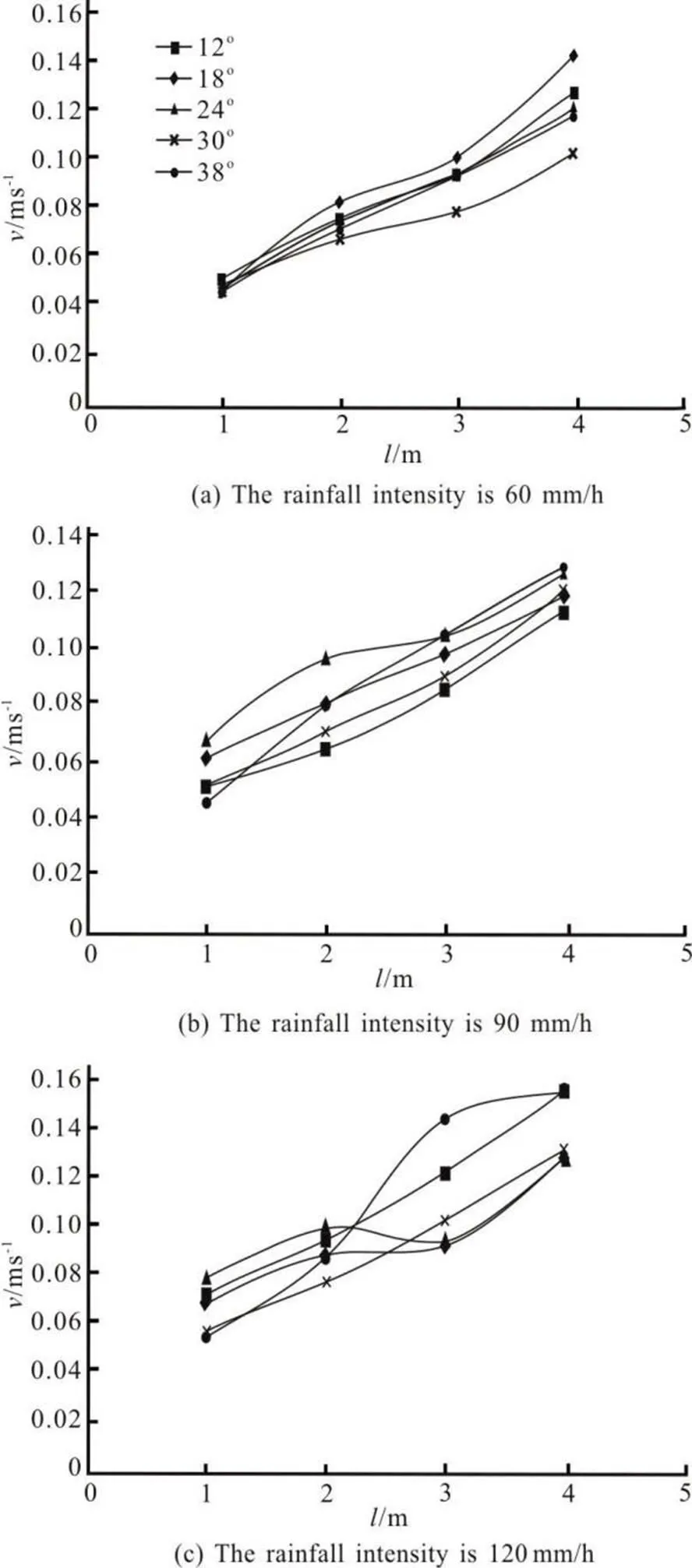
Fig. 2 The cross-sectional average velocity of overland flow along the slope length for different rainfall intensities

Table1The correlation of three factors with respect to the velocity of the overland flow
2.2 The scour depth for different rainfall intensities and slope gradients
The scour depth is a basic hydraulic characteristic of the overland flow, but which is difficult to be measured, because the sheet flow is a three- dimensional unsteady non-uniform flow with the varying flux, the shallow depth and the varying underlying surface along the slope length. So, it is assumed that the flow is uniform along the slope length, and the scour depth can be calculated by the following equation[20]


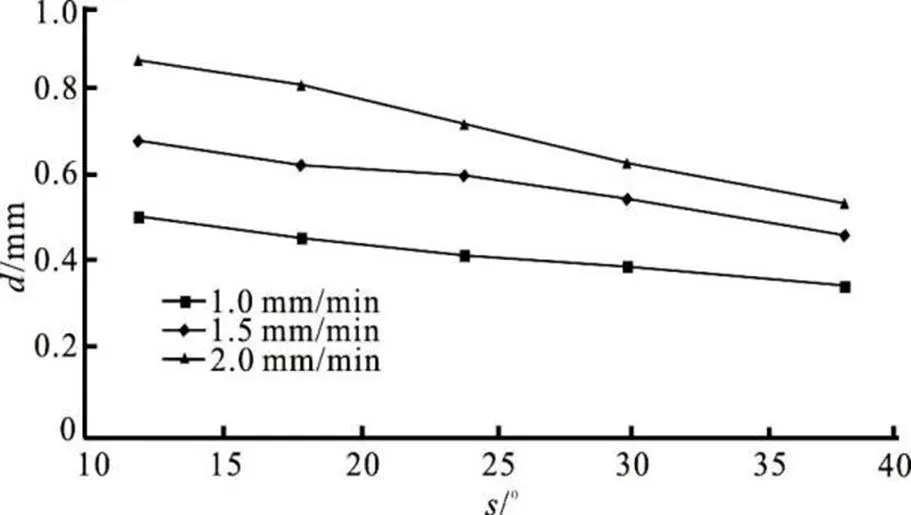
Fig. 3 The relation of the average scour depths with the slope gradient for different rainfall intensities
2.3 The flow flux of the unit width for different rainfall intensities and slope gradients

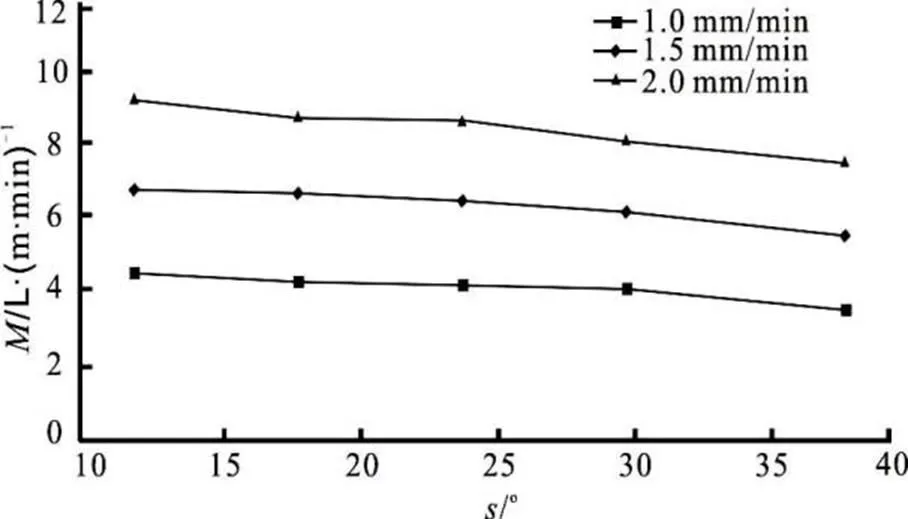
Fig. 4 The unit width flow flux vs. the slope gradient
2.4 Overland flow regime of overland flow
The flow regime is a basic parameter to charac- terize the hydrodynamic characteristics of the sheet flow, and it is an essential partin the calculation of the slope runoff, the slope erosion and the silt deposition. The study of the sheet flow regime can reveal the internal mechanism of the slope soil erosion from a hydrodynamic perspective.
For the sheet flow on the slope, the underlying surface conditions like the roughness or the bump height of the underlying surface play a decisive role in the flow regime and resistance, because the overland flow is shallow. So, the turbulent flow Reynolds number can reflect the flow regime of the sheet flow more truthfully and objectively[22], and the expression is as follows
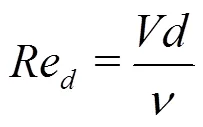
When the overland flow is laminar, the resistance by the uneven slope surface is much less than the viscous drag, when the flow is a transitional flow, the resistance by the uneven slope surface and the viscous drag work together, when the flow is turbulent, the resistance by the uneven slope surface plays a major role, and the viscous drag can be ignored.
Table 2 shows the Reynolds number on 4 obser- vation sections along the slope length on the slope with the three-dimensional Geomat for different rain- fall intensities and slope gradients. It is shown that the Reynolds number increases with the increase of the rainfall intensity and the slope length for a given slope gradient, and the Reynolds number tends to increase with the increase of the slope gradient. All turbulent flow Reynolds numbers at the fourth observation section, 4 m away from the top of the slope, are more than 1 000, the overland flow is turbulent near the bottom of the slope, and the resistance by the uneven slope surface plays a major role. The turbulent flow Reynolds numbers at other observation sections range from 262.933 to 1 887.428, and the overland flow is transitional or turbulent. The sheet flow starts with a transitional flow on the top and finishes with a turbulent flow on the bottom.
2.5 The resistance of overland flow


Table2The turbulent flow Reynolds numbers on the slope surface with three-dimensional Geomat for different rainfall intensities and slope gradients
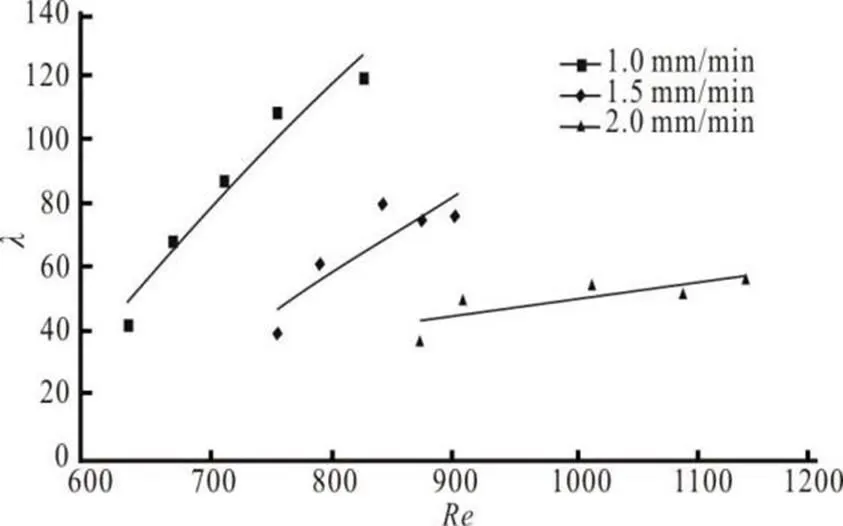
Fig. 5 The relation curves between the resistances

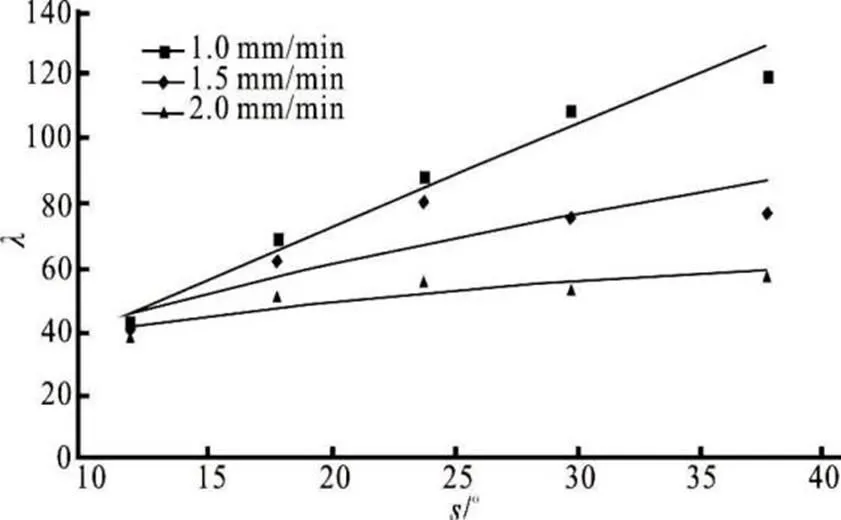
Fig. 6 The relation curves between the coefficients and the turbulentflowReynolds number resistance coefficients and the slope gradients
The turbulent flow Reynolds number and the slope gradient are chosen as the main influential factors, and the relationships of the turbulent flow Reynolds number and the slope gradient with the overland flow resistance coefficient are obtained by the multivariate curve fitting analysis. The fitting formulas based on the experiment results are shown in Table 3. It is shown that the resistance coefficient and the turbulent flow Reynolds number are positively related logarithmic functions and the resistance coe- fficient and the slope gradient are positively related power funtions.

Table3The fitting results of the resistance coefficient and the slope gradient
3. Conclusions
(1)The velocity of the overland flow has a strong positive correlation with the slope length and the rainfall intensity, especially, the slope length, with the significance level of 0. It is shown that the slope length and the rainfall intensity play an important role in the velocity variation of the overland flow, but the influence of the slope gradient on the velocity is not distinct.
(2)The scour depth decreases with the increase of the slope gradient for a given rainfall intensity, and the scour depth increases with the increase of the rainfall intensity for a given slope gradient.
(3)The Reynolds number increases with the increase of the rainfall intensity and the slope length for a given slope gradient, and the Reynolds number tends to increase with the increase of the slope gradient. And the sheet flow starts with a transitional flow on the top and finishes with a turbulent flow on the bottom.
(4)The resistance coefficient increases with the increase of the turbulent flow Reynolds number, and the effect is significant when the rainfall intensity is small(1.0 mm/min),whentherainfallintensityis2.0 mm/min, the resistance coefficient changes indis- tinctly. And the resistance coefficient of the overland flow and the slope gradient are in a power function for different rainfall intensities, and the resistance coeffi- cient increases with the increase of the slope gradient, but the variation tendency slows down with the increase of the rainfall intensity.
[1] Liu Q. Q., Li J. C., Chen L. Dynamics of overland flow and soil erosion (I)-Overland flow [J]., 2004, 34(3): 360-372(in Chinese).
[2] AbrahamsA. D., Li G., Krishnan C. et al. A sediment transport equation for interrill overland flow on rough surfaces [J]., 2001, 26(13): 1443-1459.
[3] Lin J. S., Huang Y. H., Zhao G. et al. Flow-driven soil erosion processes and the size selectivity of eroded sedi- ment on steep slopes using colluvial deposits in a perma- nent gully [J]., 2017, 157(1): 47-57.
[4] María G. S., John S. G., John L. N. Non-uniform overland flow-infiltration model for roadside swales [J]., 2017, 552(1): 586-599.
[5] Shan Y. Q., Liu C., Luo M. K. et al. A simple method for estimating bed shear stress in smooth and vegetated compound channels [J]., 2016, 28(3): 497-505.
[6] Cao Y., Zhang G. H., Tang K. M. et al. Experiment on the effect of simulated surface cover on the overland flow velocity [J]., 2011, 29(6): 654 -659(in Chinese).
[7] Zhang K. L., Tang K. L. A study on hydraulic characte- ristics of flow for prediction of rill detachment capacity on loess slope [J]., 2000, 37(1): 9-15 (in Chinese).
[8] Liu H. Y., Chang A. D. The Trial calculating method of radius of influence in isolated-well discharge formulas using pumping data [J]., 2008, (2): 74-76, 85(in Chinese).
[9] Zhang G. H. Study on hydraulic properties of shallow flow [J]., 2002, 13(2): 159-165(in Chinese).
[10] Jiang C. B., Long Y. N., Hu S. X. et al. Recent progress in studies of overland flow resistance [J]., 2012, 43(2): 189-197(in Chinese).
[11] Pan C. Z., Ma L., Wainwright J. et al. Overland flow resi- stances on varying slope gradients and partitioning on grassed slopes under simulated rainfall [J]., 2016, 52(4): 2490-2512.
[12] Wang C., Fan X. L., Wang P. F. et al. Flow characteristics of the wind-driven current with submerged and emergent flexible vegetations in shallow lakes [J]., 2016, 28(5): 746-756.
[13] Wu S. F., Wu P. T., Yuan L. F. Hydraulic characteristics of sheet flow with slope runoff regulation [J]., 2010, 26(3): 14-19(in Chinese).
[14] Ding W. F., Li Z. B., Ding D. S. Study on hydrodynamic characters of runoff in rill erosion process on slope [J]., 2002, 16(3): 72-75(in Chinese).
[15] Wang B., Jean S., Zheng F. et al. Impact of rainfall pattern on interrill erosion process [J]., 2017, 42(12): 1833-1846.
[16] Pan C. Z., Shangguan Z. P. Hydraulic characteristics of silt-laden flow on different gradient grassplots and its mechanism of sediment retention [J]., 2007, 18(4): 490-495(in Chinese).
[17] Tian P., Xu X., Pan C. et al. Impacts of rainfall and inflow on rill formation and erosion processes on steep hillslopes [J]., 2017, 548(1): 24-39.
[18]Wang G. Y., Liu Y. H., Wang X. H. Experimental investi- gation on hydrodynamic characteristics of overland flow with geocell [J]., 2012, 24(5): 737-743.
[19] Lv Z. Q., Lei X. Z., Zhang P. F. Experimental analysis of hydrodynamic characteristics of overland flow under con- dition of artificial rainfall [J]., 2010, 28(5): 1-3(in Chinese).
[20]Wang G. Y., Du G. S., Wang Y. The experimental res- earch on hydrodynamic characteristics of the overland flow on the slope with three dimensional Geomat [J]., 2015, 30(4): 406-411 (in Chinese).
[21] Chen L., Liu Q. Q., Li J. C. Study on the runoff generation process on the slope with numerical method [J]., 2001, (4): 61-67(in Chinese).
[22] Jing X. F., Lv H. X., Pan C. Z. et al. Preliminary study on flow pattern determinant method of shallow flow on slope surface [J]., 2007, 23(5): 56-60(in Chinese).
(March 20, 2016, Accepted July 18, 2016)
?China Ship Scientific Research Center 2018
*Project supported by the National Natural Science Foundation of China (Grant No. 11372165).
Guang-yue Wang (1963-), Male, Professor
Guang-yue Wang,
E-mail:wgyue@sdu.edu.cn
- 水動力學(xué)研究與進(jìn)展 B輯的其它文章
- Spectral/hp elementmethods:Recent developments,applications, and perspectives *
- Modeling of single film bubble and numerical study of the plateau structure in foam system *
- Influence of upstream disturbance on the draft-tube flow of Francis turbine under part-load conditions *
- Numerical study of the wave-induced slamming force on the elastic plate based on MPS-FEM coupled method *
- Gas-liquid flow splitting in T-junction with inclined lateral arm *
- 3-D Lagrangian-based investigations of the time-dependent cloud cavitating flows around a Clark-Y hydrofoil with special emphasis on shedding process analysis *

